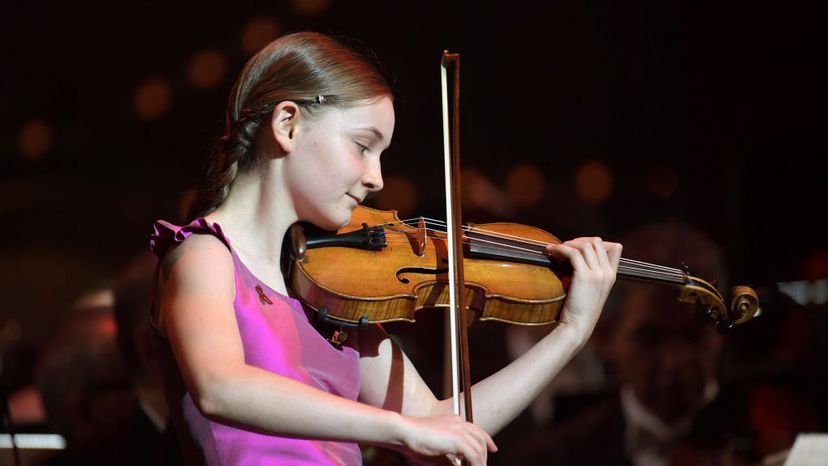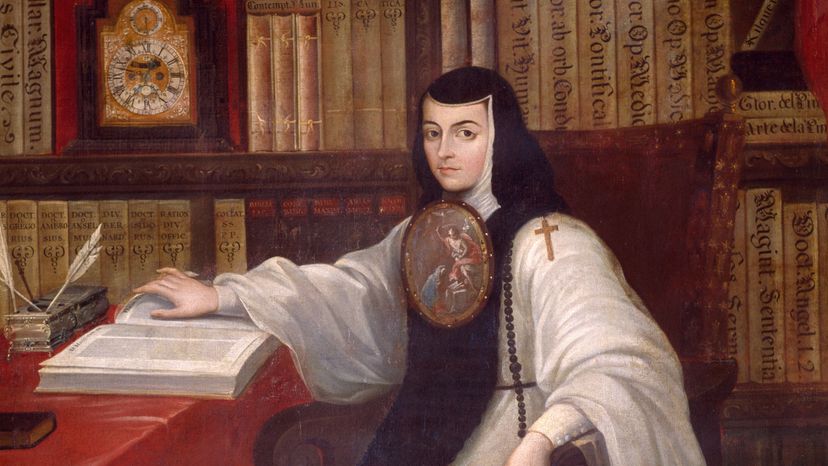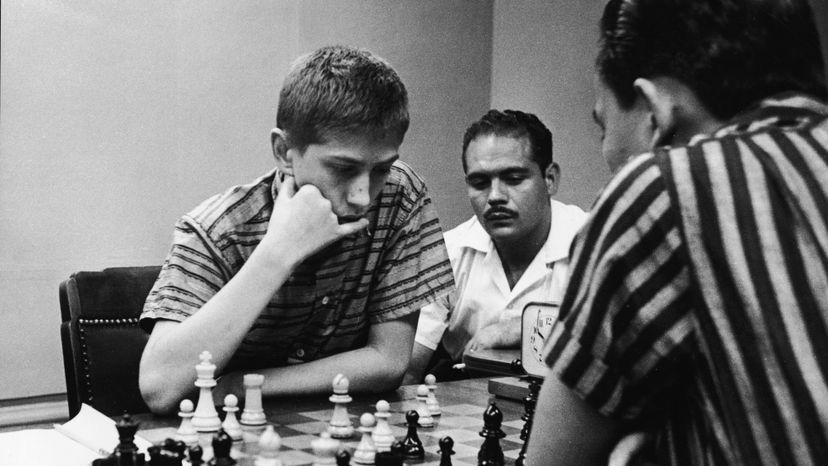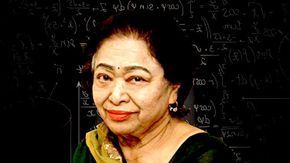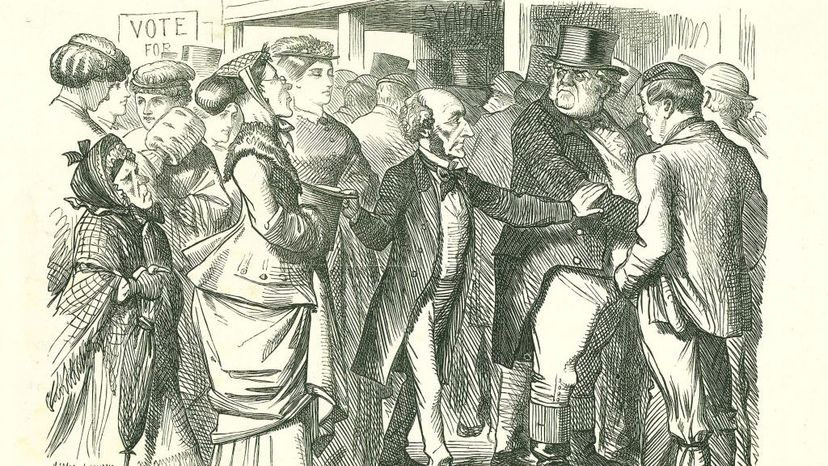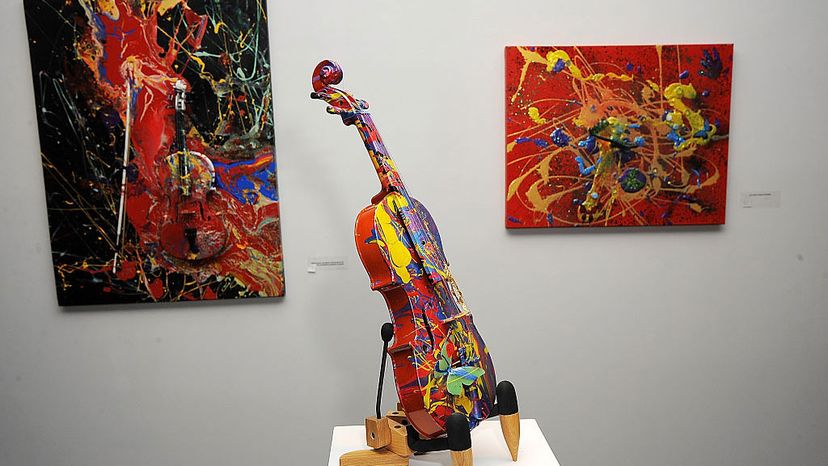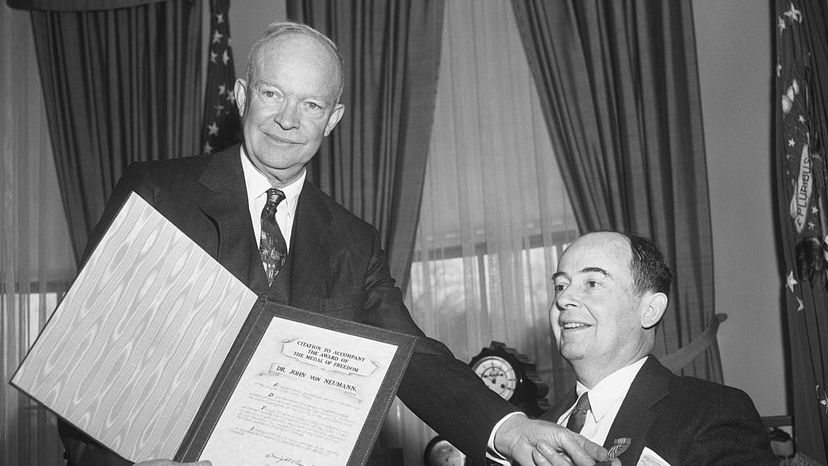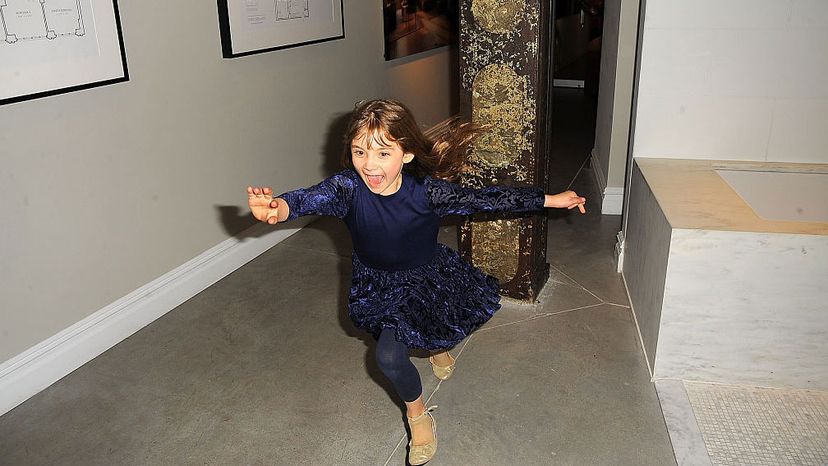
The term child prodigy gets thrown around a lot, especially in the era of YouTube, where it seems like every other day a new musical wunderkind or trivia whiz appears out of nowhere and immediately books an appearance on "Ellen."
But the true definition of a prodigy is a youngster who demonstrates professional abilities before age 10. For reasons not fully understood, prodigies tend to cluster in "rules-based" fields like mathematics, music, chess and art. One expert who studied prodigies estimated that they are as rare as one in five or 10 million. She also noted that they tend to have exceptional memory, attention to detail, and higher rates of altruism than other people [source: Gammon].
Advertisement
Child prodigies usually have average or higher-than-average IQs (100 to 147), and they combine inborn talent with a relentless drive to excel in their chosen field [source: Urist]. It's not uncommon for an art prodigy or music prodigy of just 3 or 4 years old to spend nearly every waking minute at the canvas or the piano. They do it because they love it.
As you'll see from our list, several of history's most famous child prodigies had "stage parents" who both nurtured and heavily promoted their child's talents, while others were wholly self-taught and baffled their parents with their intense interests. Sadly, more than a few fizzled out or full-on imploded under the weight of lofty expectations. Let's start our list with possibly the most famous child prodigy of all.

